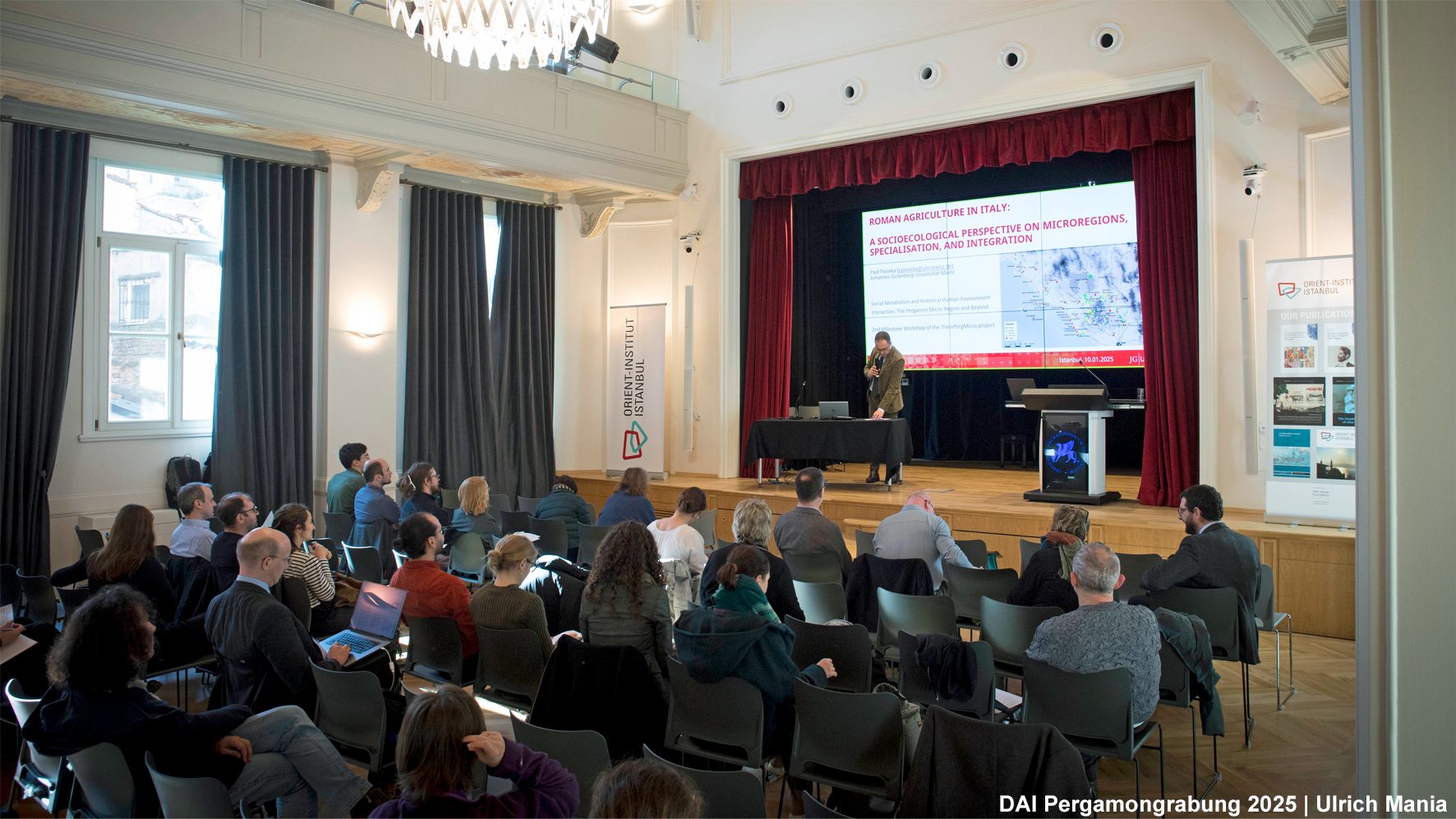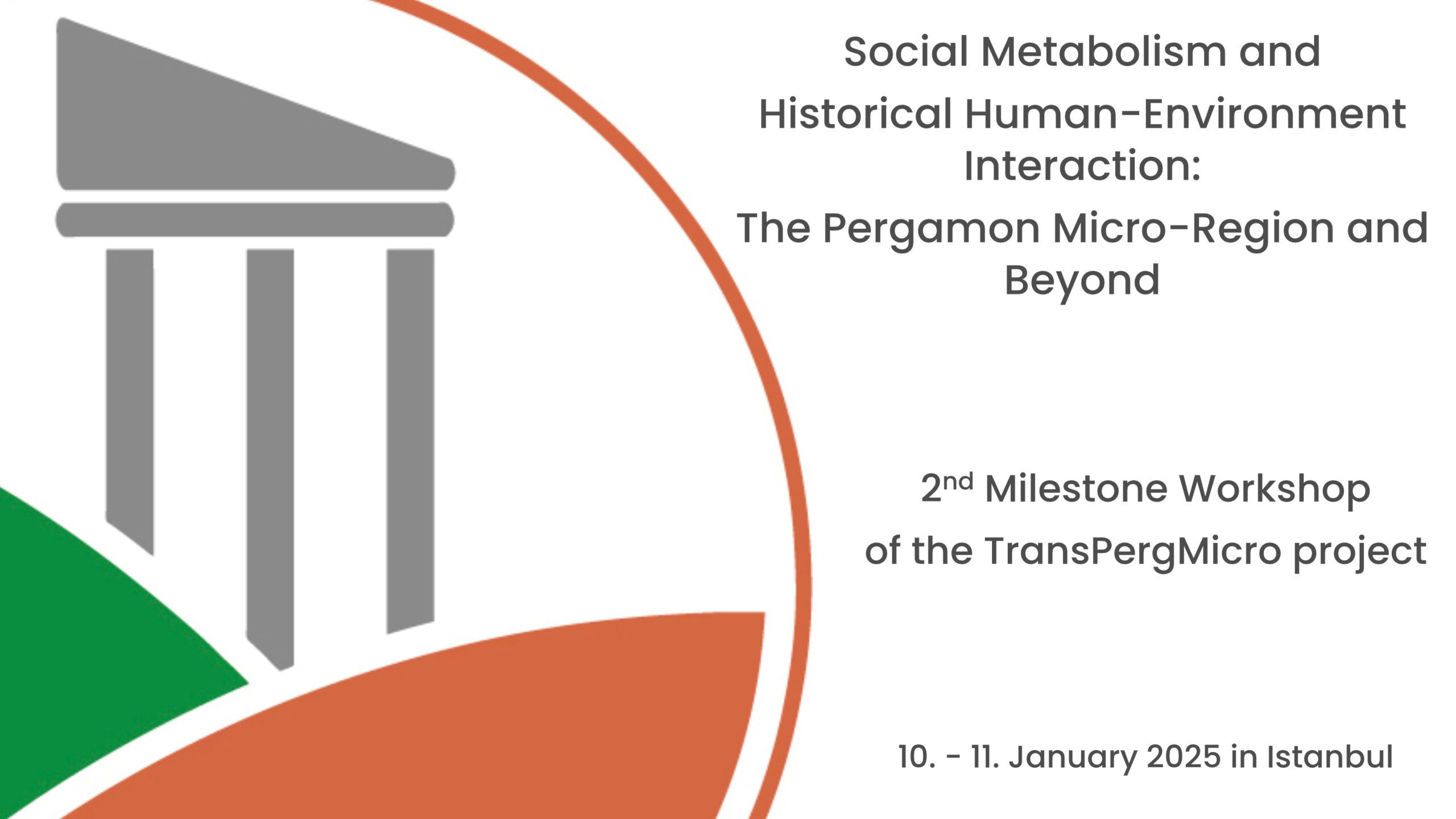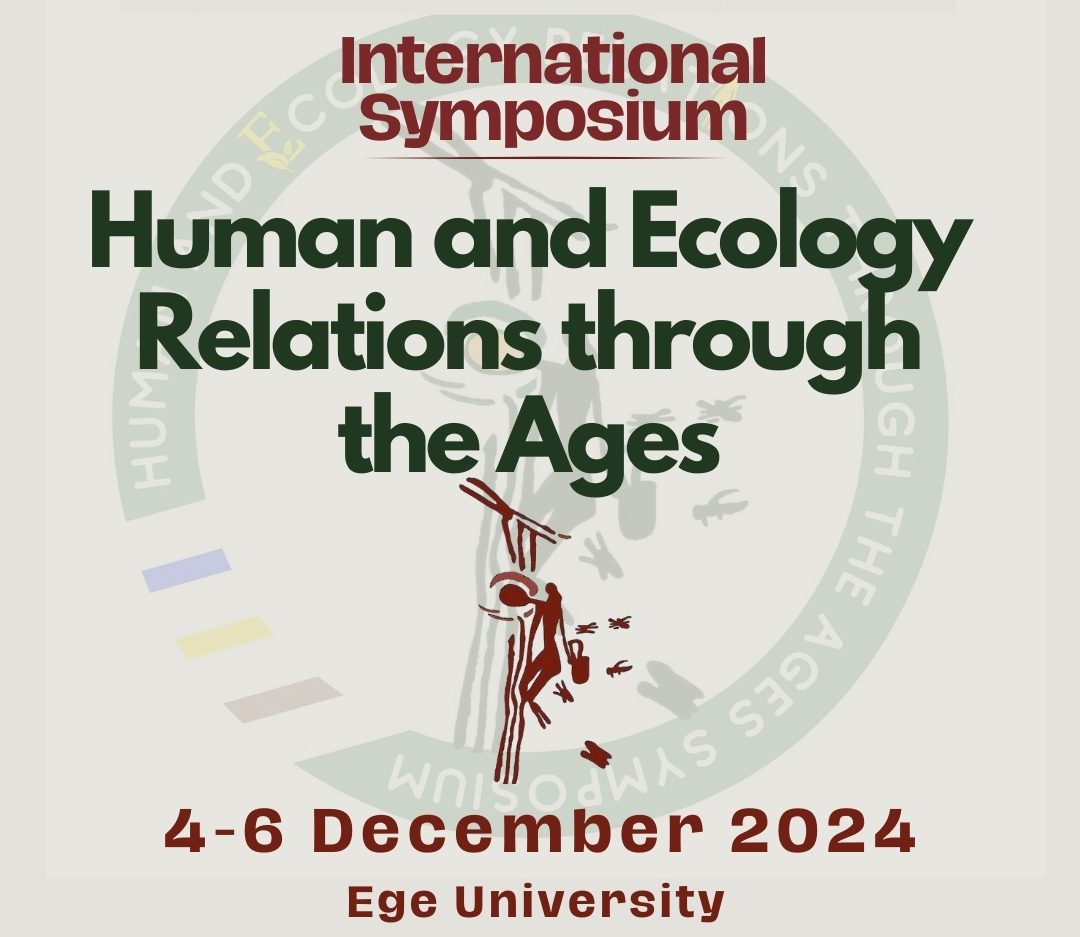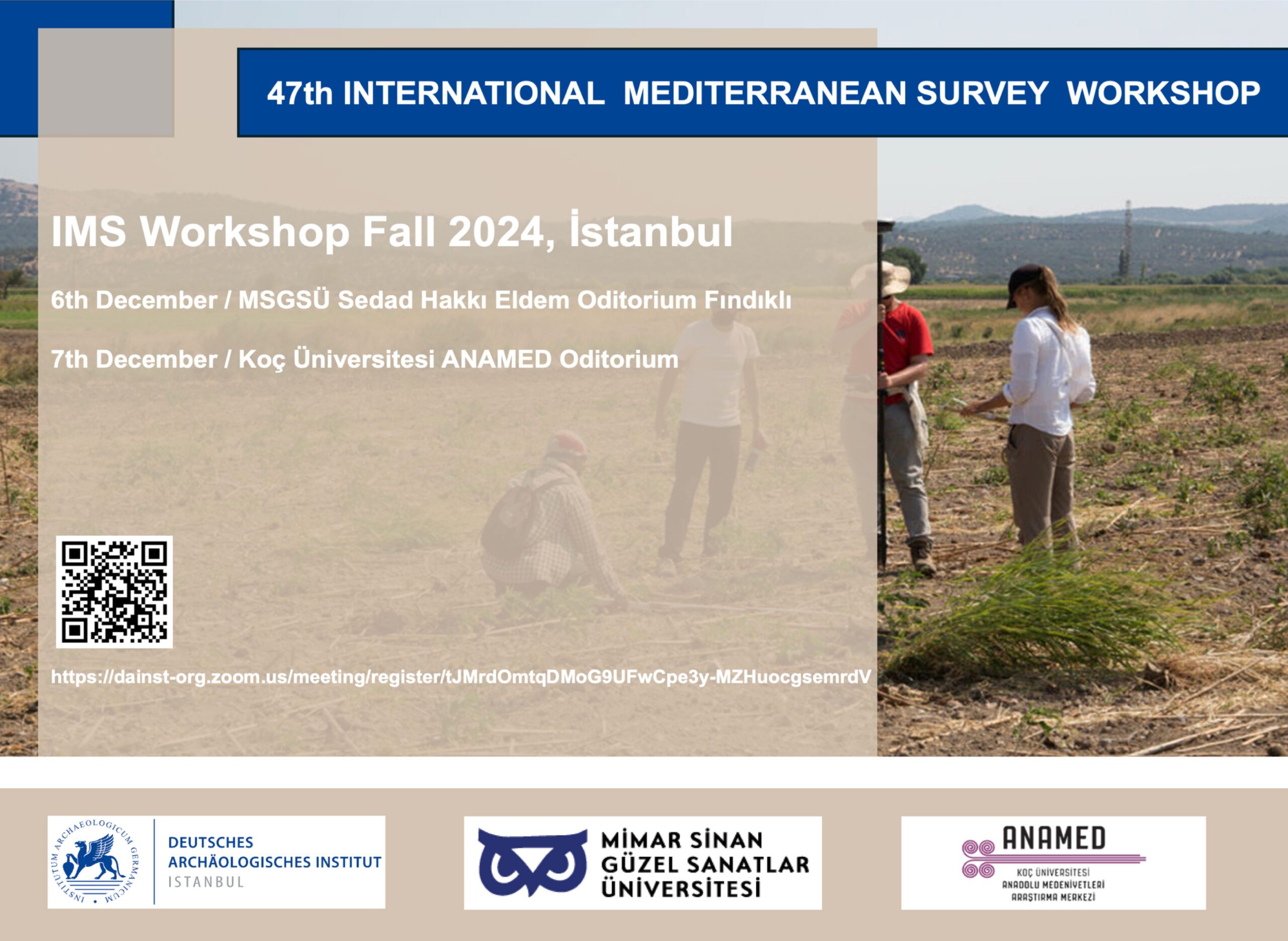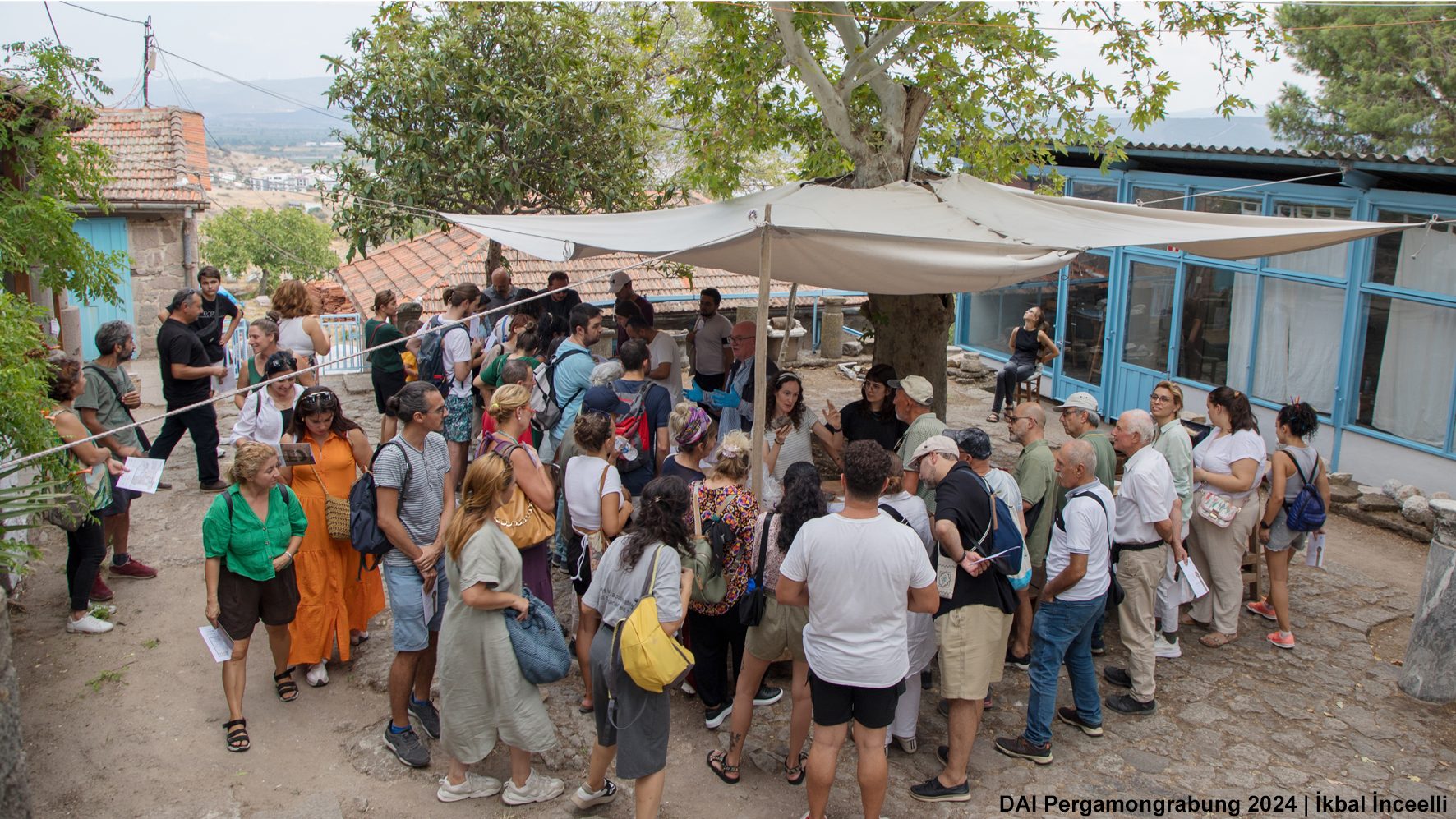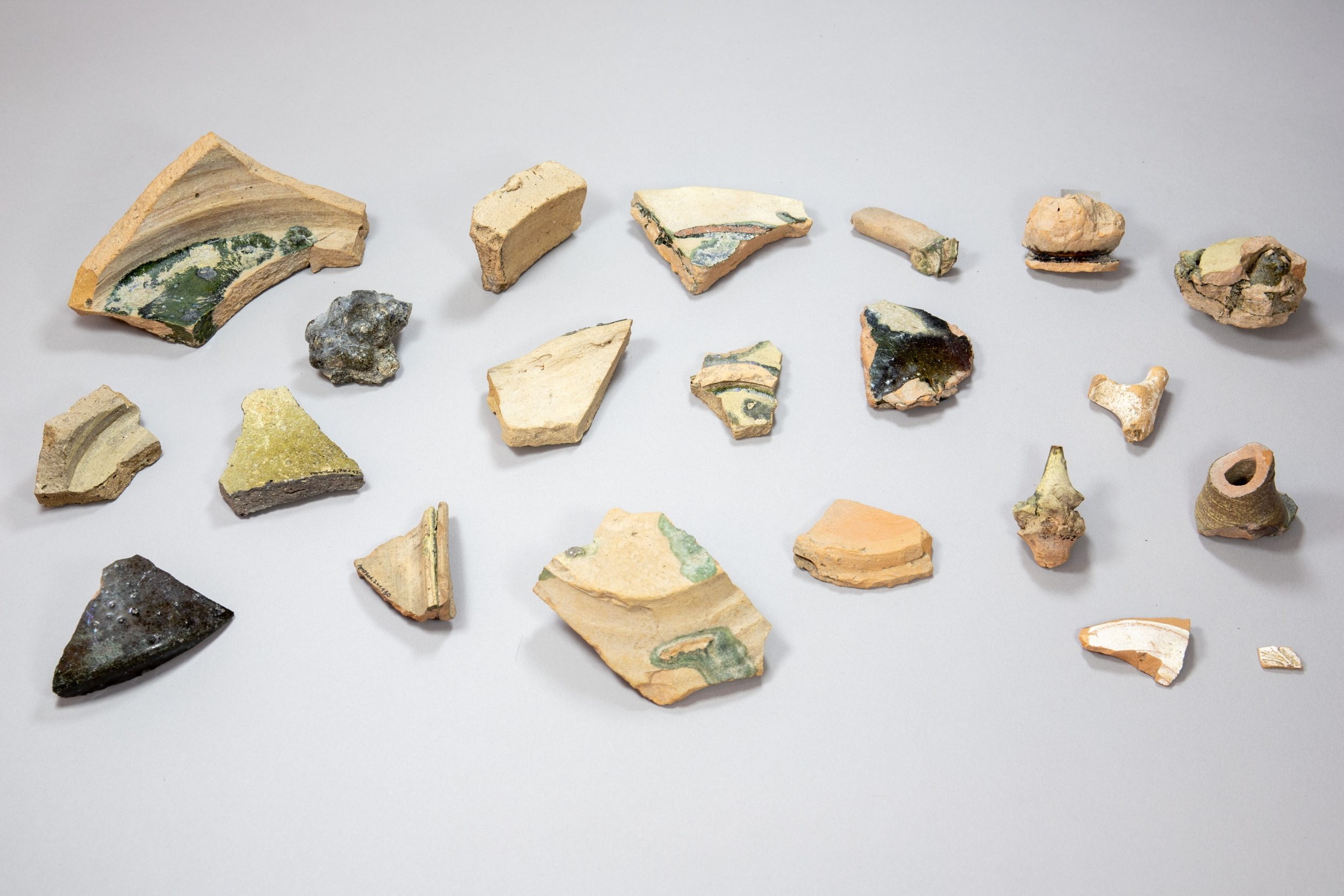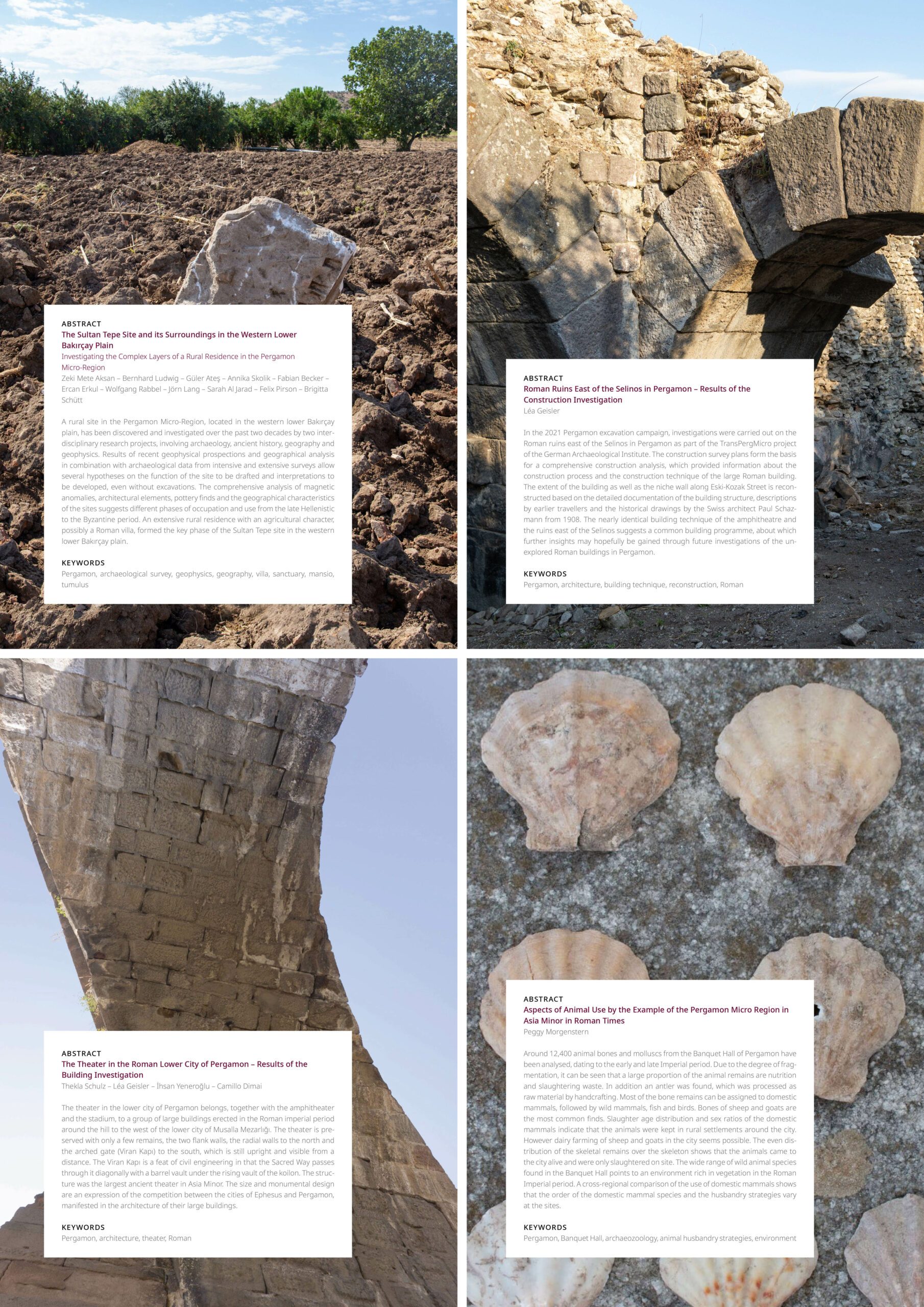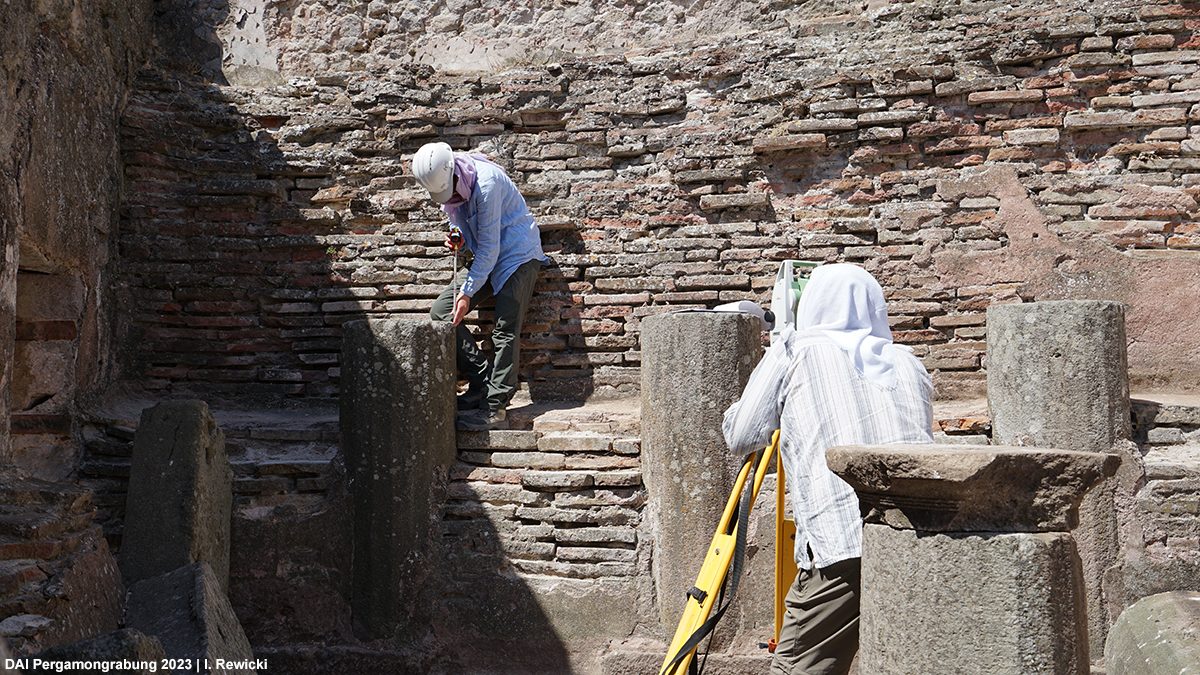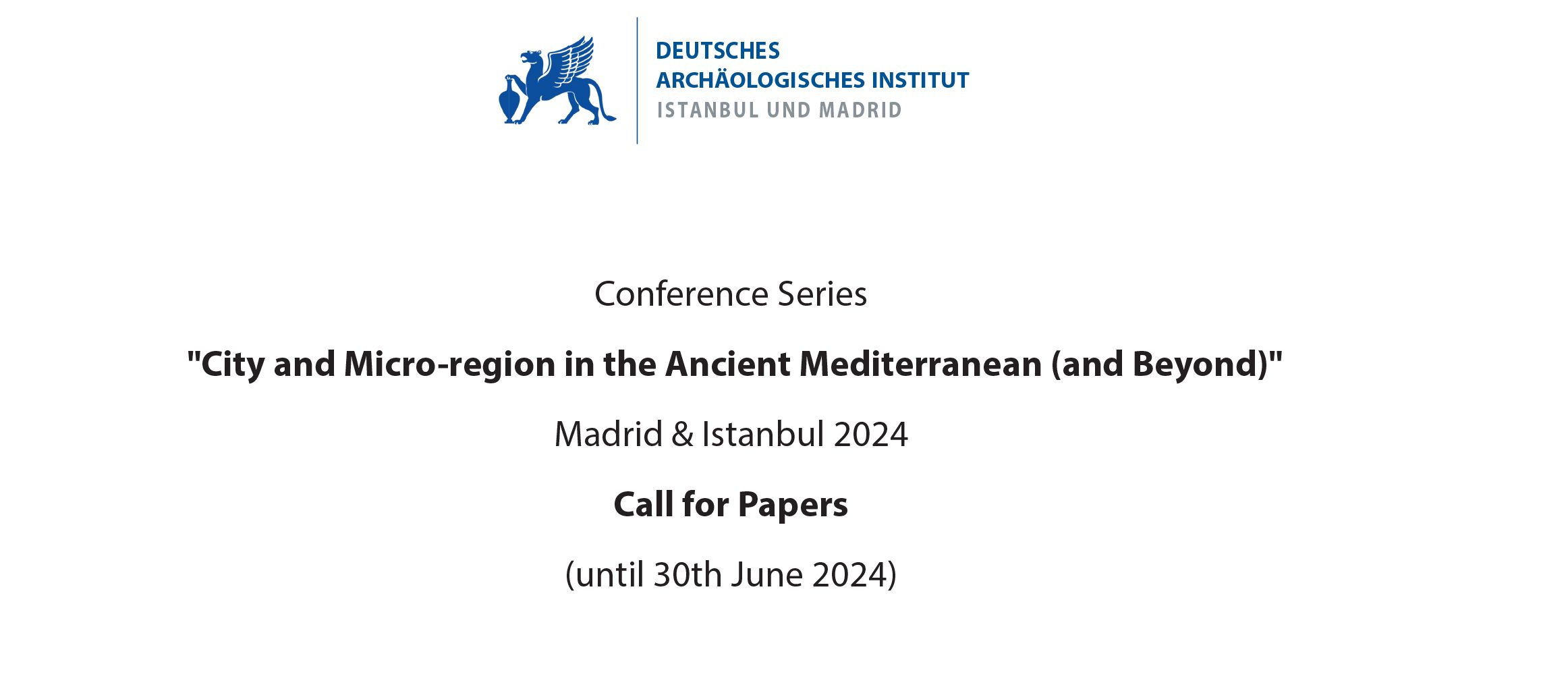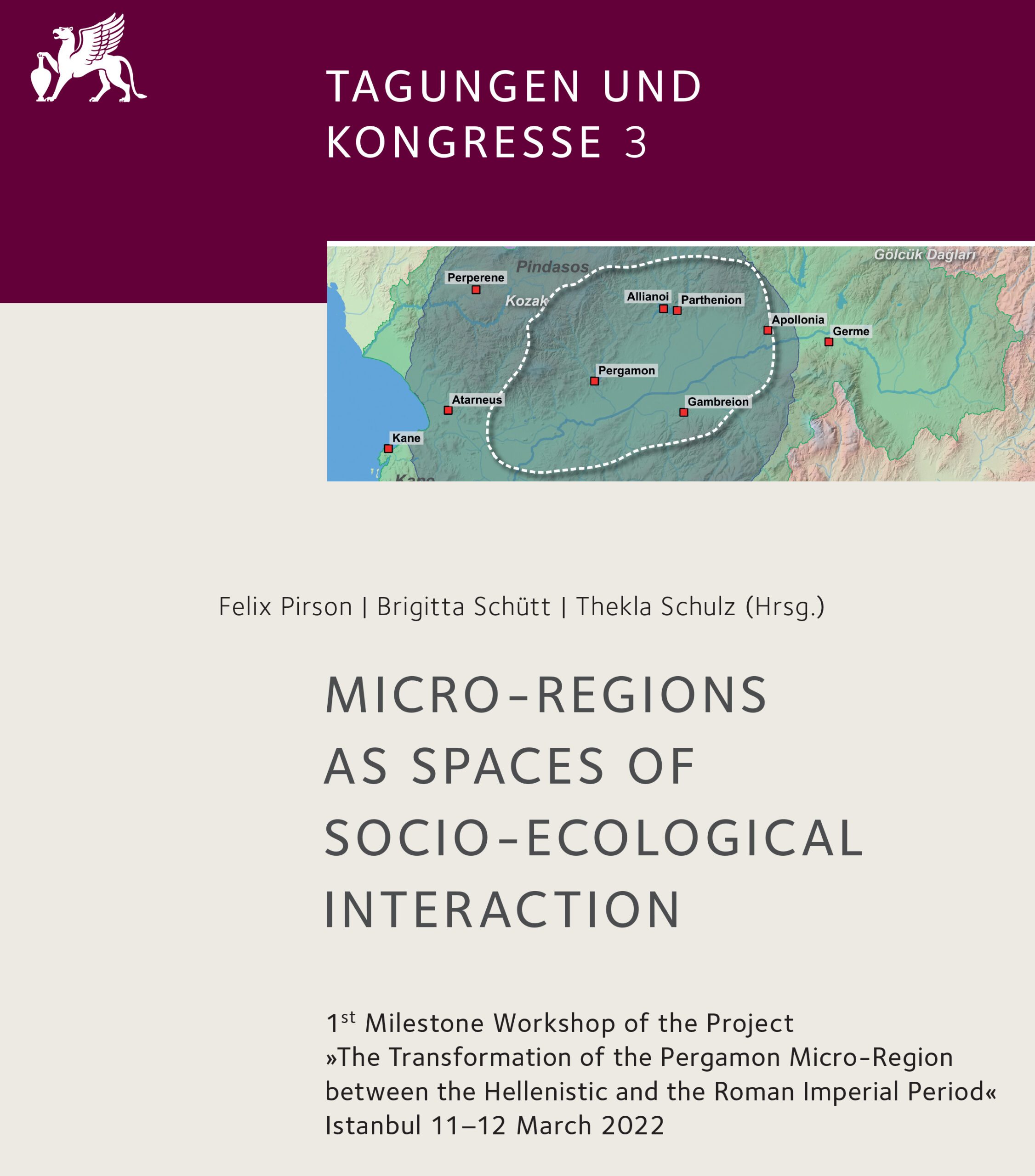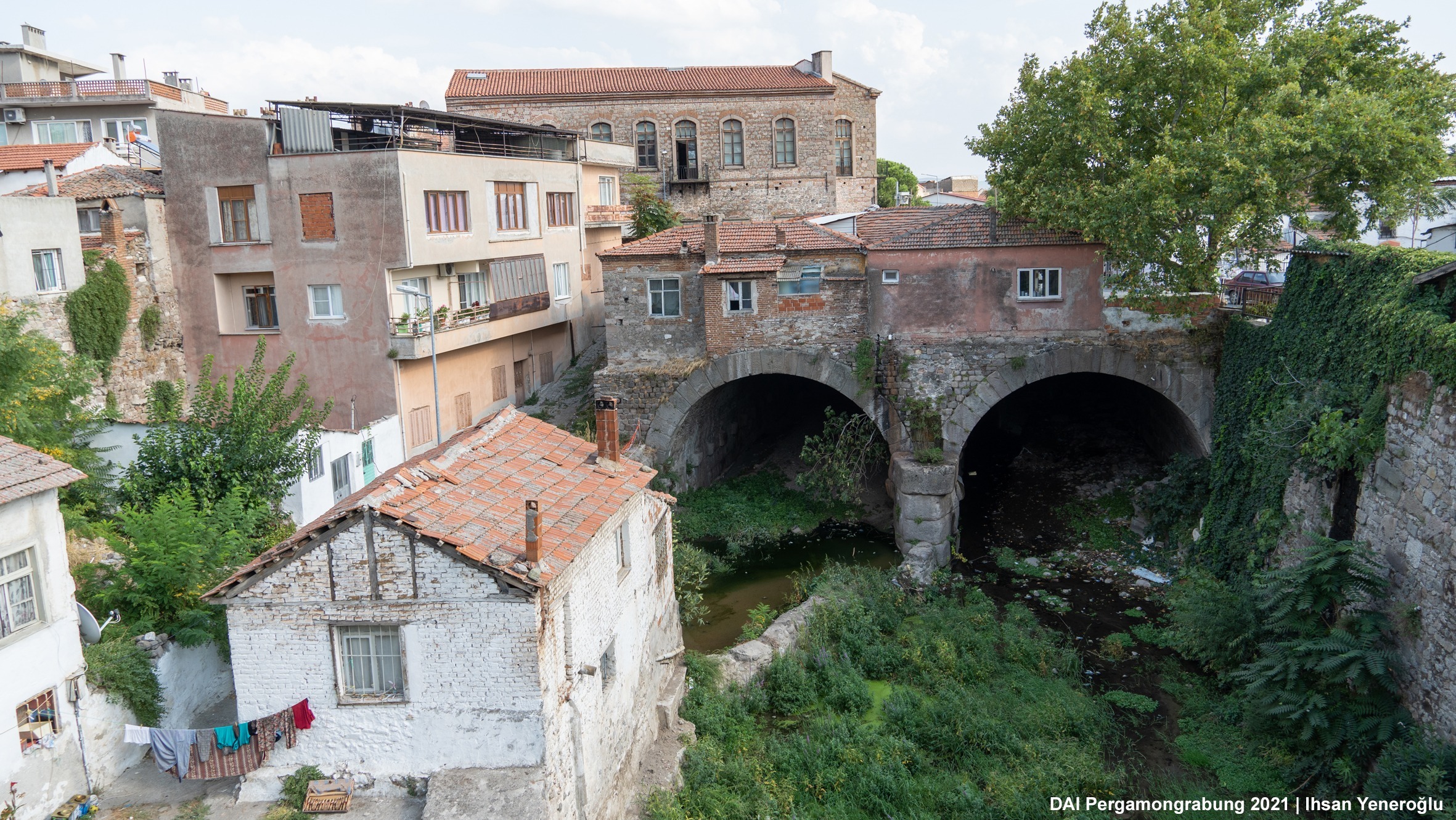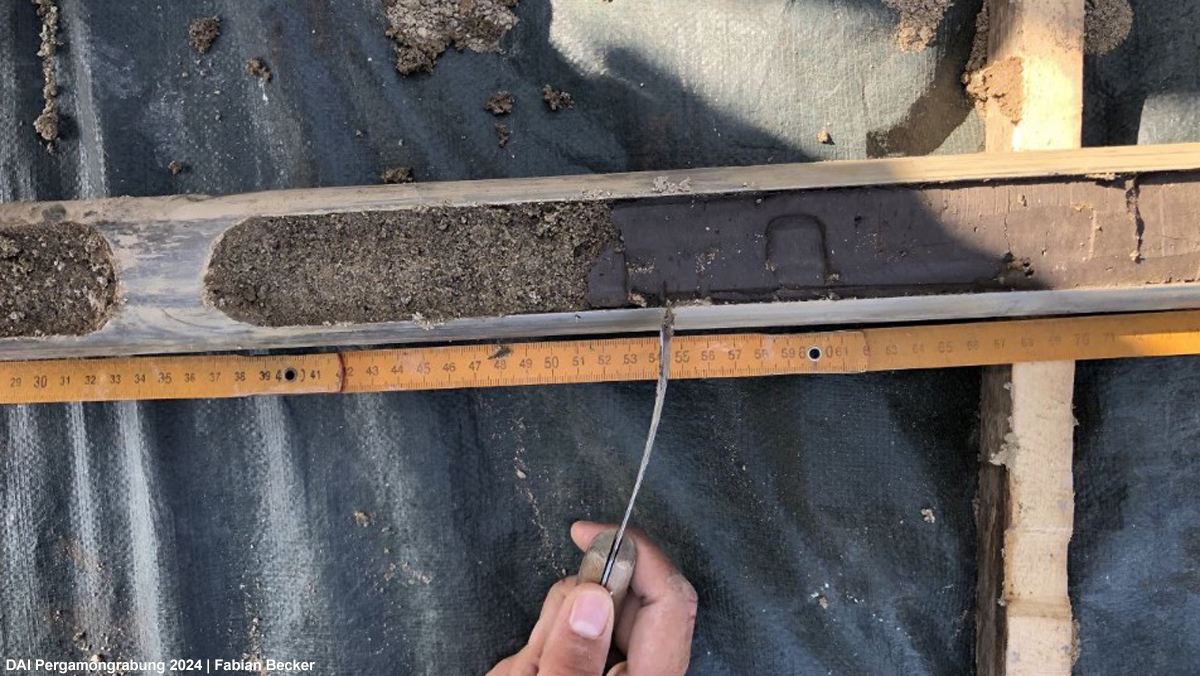Exploring Social Metabolism: Insights from the 2nd TransPergMicro Milestone Workshop in Istanbul
The 2nd Milestone Workshop of the TransPergMicro project, held on January 10-11, 2025 at the Orient-Institut in Istanbul, brought together an interdisciplinary range of scholars to explore the concept of social metabolism in historical contexts. The event was intended as a further ‘milestone’ in advancing our understanding of material and energy flows between societies and their environment, with a particular emphasis on the project’s research focus, i.e., the Pergamon Micro-Region between the Hellenistic and Roman Imperial periods.

